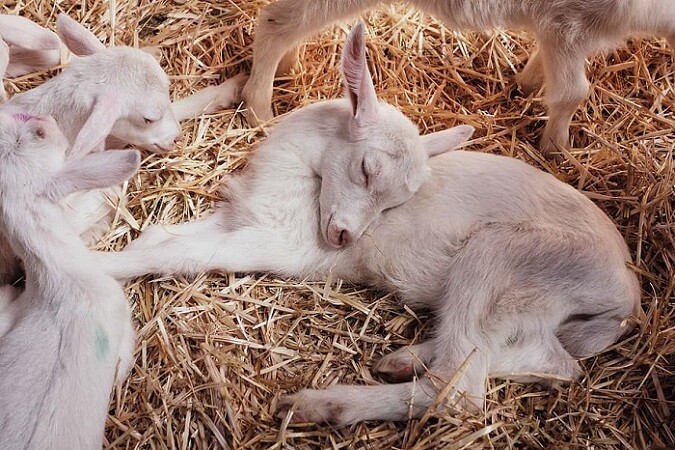

Ethno-veterinary Medicine (EVM) is as old as the domestication of livestock. It comprises belief, knowledge, practices and skills relating to animal healthcare and management. India, for example, has a sophisticated medical culture with a tradition of over 5,000 years.
Elements of ethno-veterinary culture include application of natural products such as pawpaw seeds and ginger, medicinal plants, edible earth and minerals on animal parts and products, manipulations and surgery such as castration and appeal to spiritual forces.
In Kenya, EVM is highly practised by the pastoral communities, but it is also gaining momentum in the medium and high potential farming systems. The national government is mandated to provide for the regulation of production, quality assurance, import and export, marketing and sale of EVM alongside the conventional veterinary medicines while county governments are supposed promote judicious use of EVM in addition to modern medicine. However, successful implementation of EVM in the country starts with training adequate manpower that is able to integrate traditional animal healthcare with modern medicine.
In this regard, therefore, veterinary medicine training institutions should consider allocating more time to the topic while the farming community should intensify production of medicinal plants for sustained supply. For now, venturing into EVM requires caution due to possible interaction of EVM with modern drugs that could lead to adverse effects, seasonality and geographical distribution of the plants used as traditional medicine, presence of quacks and unregistered traditional animal healers who are out to fleece farmers, variability and lack of standardisation, inability by the herbal drugs to kill viruses and inadequate policy on the issue. The EVMs whose use is on the increase include aloe plant species and magadi soda.
Aloe Secundiflora and Aloe Vera
There is a misconception that the above plants are a ‘treat it all’, thus their indiscriminate use has led to massive losses, especially in poultry where they are commonly applied. This is because the plants only treat a limited number of poultry diseases. Further, every drug has a prescription detailing how much, how long and in which manner to administer it. Post-mortem examination of birds treated with the aloe species has shown its prolonged use has contributed to deaths.
However, the aloes can treat coccidiosis in poultry, a disease that is characterised by bloody diarrhoea or blood-stained faecal material, bacterial diseases such as colibacillosis, fowl cholera and infectious coryza among others. The active ingredients are anthraquinone glycoside and quinoids.
To make an application of Aloe secundflora, crush a leaf, mix with a litre of warm water and leave for 15 minutes, sieve and give the liquid to the affected bird as drinking water for 5-7 days. Make a fresh preparation every day. If signs persist, consult a veterinarian.
Magadi Soda
It can be used to treat bloating (accumulation of gas in the rumen) in cattle, sheep and goats, among other ailments.
To treat bloating, mix half a kilo of magadi with a litre of water and drench adult cattle with the mixture but use half a litre of the same on sheep, goats and calves.
Repeat every two to three hours until the signs subside. Exercise the animal to aid in bloat relief.
 Contact Jaguza Support
Contact Jaguza Support